Is there a certain partner literacy activity you’re avoiding because of the risk it might not go as planned? In my first couple of years of teaching, I was hesitant to do a lot of partner work in my class.
- “Should I choose the partners? Or should students choose their own partners?”
- “What if they choose the wrong partners?”
- “What if the partners finish quickly and just talk?”
- “What if I can’t get the partners to talk at all?”
All of these are totally reasonable questions, but if you think about procedures and routines ahead of time, many of the issues won’t be issues at all!
In this post, I’ll talk about why partner work is so important for students, how to set it up successfully at the beginning of the year, and tell you about some of my favorite partner activities for literacy centers.
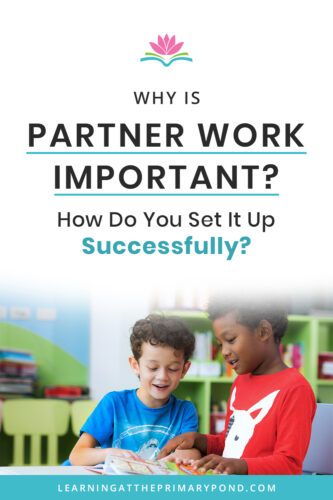
Why Is Partner Work Important?
Whole group and small group instruction are necessities in a high-performing classroom. Individual work time also can provide differentiated practice for students on literacy activities.
But don’t forget about partner work – it’s a powerhouse! I could go on and on about why I think partner work is important. But I’ve narrowed it down to a few top reasons:
- Partner work increases student engagement. When students are participating in whole group instruction or working individually, they can easily zone in and out.
I mean, just think about your own learning experiences – a professional development session, for example. Sometimes you accidentally space out or daydream! But partner activities (like “Think-Pair-Share” and beyond) help keep people engaged. - Partner work allows for peer teaching. I’m always amazed at how students can explain things to one another in such a student-friendly way. Having a student explain something to a struggling student strengthens both partners’ knowledge of the topic.
- Partner work fosters friendships among students. I hear so often that teachers want to have a strong, inclusive classroom community. Giving students a chance to get to know one another in a safe classroom environment is a great way to help them make friends and build connections.
The positive interactions in the classroom will transfer to other parts of the day encouraging that classroom community, in and out of the classroom.
- Partner work provides an opportunity for oral language practice. Today, so much of our communication is done via technology – phone, tablet, or computer. This is why it’s more important than ever to provide opportunities for students to talk one-on-one with their peers. Practicing oral language is crucial – and even helps students with other literacy skills, like reading and writing.
- Partner work provides an opportunity for practicing verbal communication skills. In addition to teaching our students academic skills, we’re also preparing them for their eventual adult life. They need to know how to interact appropriately with their peers.
In real life, if you’re having a conversation with someone, you learn to listen and take turns speaking. Working with a partner gives students a chance to learn and practice.
And what happens if you disagree with a coworker? You don’t just say “You’re wrong!” and walk away. (At least, I sure hope not!) As adults, we know how to work through disagreements by using conflict-resolution. Kids may not know how to do this without explicit modeling and opportunities to practice!
How Do You Set Up Partner Work?
Ok, so this all sounds fine and dandy, but how does this actually work in a classroom? Maybe now you know what you want partner work to look like, but how do you get students from point A to B?
Here are some “rules” I like to abide by when setting up partner work:
- Provide a model. As I mentioned earlier, students don’t always naturally know these skills. Show them what it looks like to turn your body towards someone, make eye contact, maybe even nod to show you’re listening. Name exactly what you’re doing, and why.
- Start in small doses, and then work to build up stamina. In the beginning of the year, have students work with one another for 1-2 minutes at a time. Bump this up each week by a minute or so.
- When rolling out partner activities, try beginning with non-academic activities. This way, students aren’t bogged down with something they might not comprehend yet. I love to do “Get To Know You” activities during the first couple of weeks with students. For instance, you might have students work with a partner to discuss their favorite type of pizza. Then they design a pizza with those desired toppings. And by the way, most activities are actually still academic! Kids don’t even know it… dividing up a pizza = working on fractions!
- Have clear cues. Decide what works best for you and your classroom. You might use a chime, a bell, a catchy clap – whatever works for you! But be consistent with this. Students should know exactly when to do the following :
- Start talking with your partner
- Switch which partner is talking
- Stop partner work
- Be explicit with who goes first and who goes second. This can be something simple like “The student closest to the door will talk first,” or “The student with the longer hair will go first today.” This helps eliminate the argument of “It’s my turn!!!”
- Give sentence starters. Teaching students to talk in full sentences is great for oral language practice, and it also transfers to their written skills. Additionally, it helps the teams stay on task so they are talking about what they’re actually supposed to be talking about. Using the same pizza example as above, I’d remind students to say “My favorite pizza toppings are…”
- Be purposeful about partners. In my literacy centers, I do a ton of partner work. This blog about how to group students for centers may also help with setting students up with partners.
Have you ever heard of clock buddies? This makes partner work soooo much easier to set up! The gist is that kids have specific partners at each time. To start the year, I usually just do 12:00, 3:00, 6:00, and 9:00 times. I assign 3 out of 4 times, and students get to choose their partner for one of the times. I use the four points below as my guide.
- 12:00 – Peers who are at similar levels academically → Students should have opportunities to work on the same skills with their same-ability peers.
- 3:00 – Peers who are at different levels academically → Students can learn from each other in mixed-ability pairings.
- 6:00 – Peer choice → Sometimes it’s fun to work with a pal, right??
- 9:00 – Peers who maybe don’t always get along or choose to interact with each other → Partner work can provide tools to help develop these relationships!
Depending on the activity, you can tell students who they’re working with. (i.e. “Students, for this next phonics game, you’re going to work with your 12:00 partner.”) Students have this actual clock sheet in their desks with names written on it, so when I say “12:00 partners,” they can pull out their sheets to check who their 12:00 partner is as a reminder.
- Be available to monitor the first few weeks. Partner work will not be perfect. Let me repeat, it will not be perfect! Like anything that’s a skill, it will improve with practice, over time. However, a coach alongside helps expedite the process! Be available as often as you can to walk around, provide feedback, and encourage students while they’re learning how to navigate this type of work.
- Teach kids how to listen and respond to one another. The goal is that students are not just thinking about their own responses, but that they’re actually listening to one another. In this blog, I write about effective partner talk.
- Provide something to do or talk about if they finish early. This is one of the biggest roadblocks if not planned out ahead of time! If students are done and have nothing to do, they can quickly get off task. So, give them something to do! I have a space in the classroom where partners can pick an extra activity to work on together if they finish ahead of time.
- Provide a reflection time. After partner work time is finished, ask the team questions like “What went well? What could have been done differently?” This creates that growth mindset to build on what is working and to also be open to improvement.
What Are Some Activities for Partner Work?
Now that you’ve worked through the set-up, what are students actually doing with one another (beyond just “turn and talks” and partner discussions)? Here are some activities that I’ve seen work well:
- Word work / phonics games: Having students read their words to each other and check each others’ work is so great for accountability. You can grab some FREE partner word work games at this link!
- Partner Reading: This is one of my absolute favorites. Click here for “7 Ways Primary Students Can Read Together During Partner Reading.”
- Writing Sharing Time: For the Writing Workshop, sharing time is really crucial! I like to have students share what they wrote with a partner (this means that everyone gets to share every day, vs. just choosing 1-2 students per day). They can either share about a finished piece of work or a piece of writing in progress.
Conclusion
Partner work might not always be easy – but it’s also incredibly valuable! As you implement partner work, be flexible and remember that it’s okay if things need tweaking or re-teaching.
Want some activities for partner work? My Partner Reading Activities are a great place to start! 📚
Happy teaching!
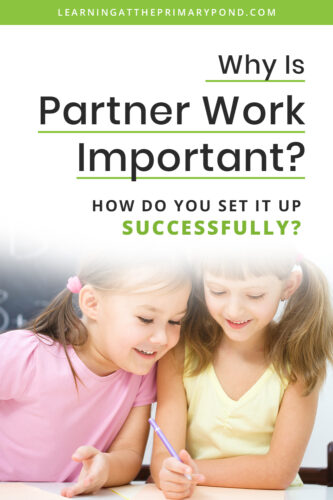

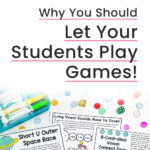

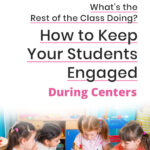
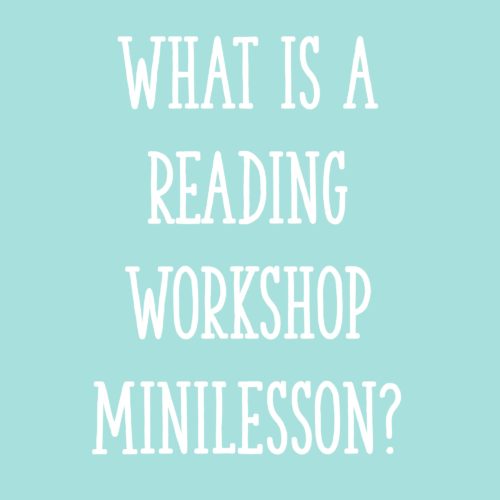
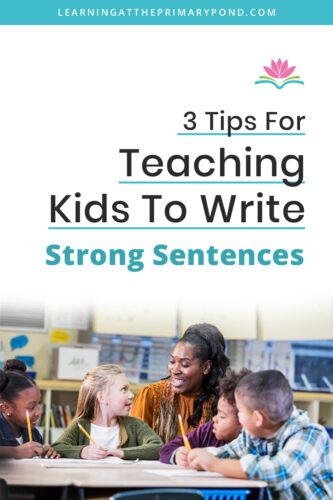
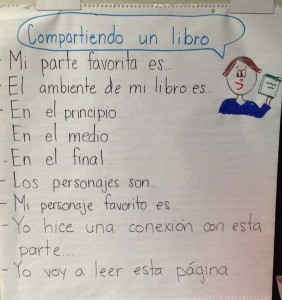






I love partner work, but have so many more ideas after reading this post! I love the clock idea and assigning different partners for the 4 different areas listed. I also really like the non-academic type ideas to start off this type of work. I have used partner work for years and I do start them with talking most of the time, but I love the added component of creating something that goes along with the “Getting to Know You” topic too! I will also definitely be adding a “Partner Extra Activity” area for those partners that finish early. Thank… Read more »
Yes, so many possibilities with partner work!
I’ve known how important partner work is but this article was such a good reminder! With teaching kindergarten, I rely heavily on modeling exactly what I want my students to then do so breaking things down to making eye contact, etc. is so important! I’ve never heard of clock partners but love the idea! I like giving my students the chance to pick their own partners but also know they would benefit from intentional partners so I like all the different reasoning behind the clock partners!
Glad you found these ideas helpful, Amber!
I loved reading this! I find partner work so important! Especially now, during covid, it’s important to show the students that they can still be friends with other people in the class. I have always loved partner work, and now I’m able to use it with my students!
Great point, Caralyn!
Iam learning alot of new ideas. Our two weeks has begin so i can settle down and have my group activities ready so i can start off after holiday. iam so excited .
Yay! Great to hear 🙂